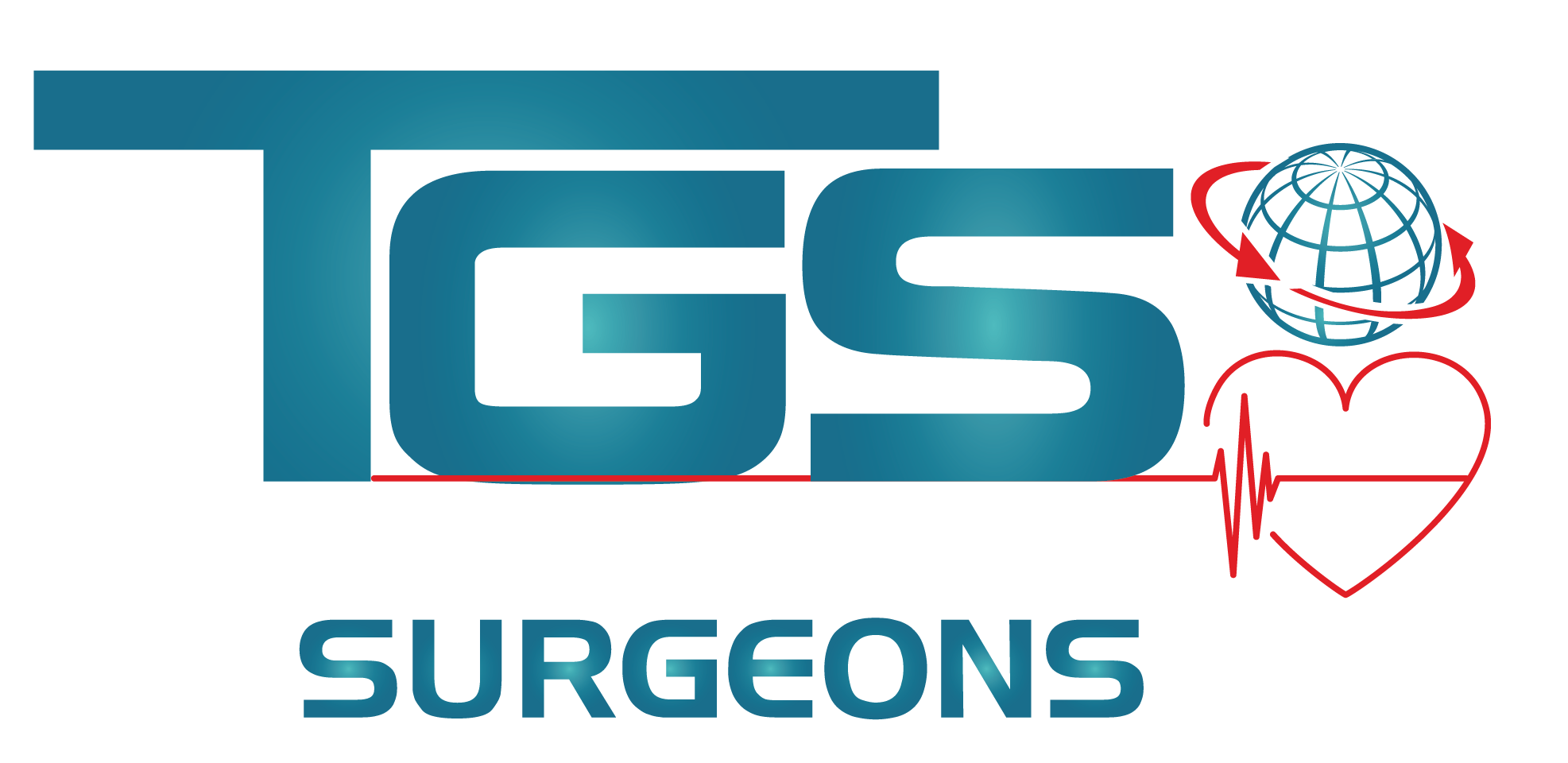Rhinoplasty
Rhinoplasty
A big or unattractive nose is a source of self-esteem issues for many people. Problems with breathing are another common symptom of nasal structural abnormalities.
Consider a nose job to fix the asymmetry caused by septal deviation. TGS-trained surgeons are the only ones who can fix these problems, which can have a significant impact on a patient’s confidence and happiness by restoring facial harmony.
Rhinoplasty, more colloquially referred to as a “nose job,” is a surgical procedure that can correct various nasal deformities. Reshaping the nose by removing excess tissue or fixing deficiencies can improve the nose’s appearance and function. For minimal scarring, incisions are made in less visible places, such as the inside of the nostril or the crease of the nose.
Rhinoplasty is an outpatient procedure. Putting on an external splint may be necessary for a few days. It’s possible that removing the sling from your nose will cause some swelling. Most people only need two weeks to recover from cosmetic surgery before returning to work or school and showing off their new, more confident appearance.
The nose can be reshaped using either an open or closed method:
- Close technique
The surgeon makes an incision in the nasal cavity and performs the procedure.
- Open Technique
The surgeon performs the procedure outside by making a tiny incision across the tissue separating the nostrils.
To successfully treat airway obstruction, nasal surgery must first be preceded by a thorough assessment of the nasal structure. Common breathing problems can be traced back to a deviated nasal septum, which can be surgically realigned to improve airflow.
Benefits:
You can get benefits from a rhinoplasty procedure if:
- You have completed your facial growth
- Your physical condition is excellent
- You are a non-smoker
- It’s encouraging that you’re choosing to see the bright side and are placing realistic hopes in the results of your surgery
Procedure
The narrowest part of the nose (the columella) can be cut across for an external incision, or the procedure can be done entirely within the nose. The surgeon will shape the nasal framework out of bone and cartilage to produce the desired result. Removing or realigning some bone, cartilage, or skin is possible. Cartilage is sometimes taken from the ear or nasal septum to strengthen weak spots. Various other elements may be used on occasion. Breathing problems can be helped by directing the surgery at the septum (through “septoplasty”) or other respiratory system parts. After rhinoplasty, a splint can be used to prevent the nose from injury.
Patients typically recover quickly and resume regular activities within a couple of days—most people who experience pain after surgery benefit from taking painkillers orally. Most patients have their stitches or splints removed within a week of surgery. Most cases of postoperative bruising and swelling resolve within two weeks, though this varies by patient and surgical procedure.


